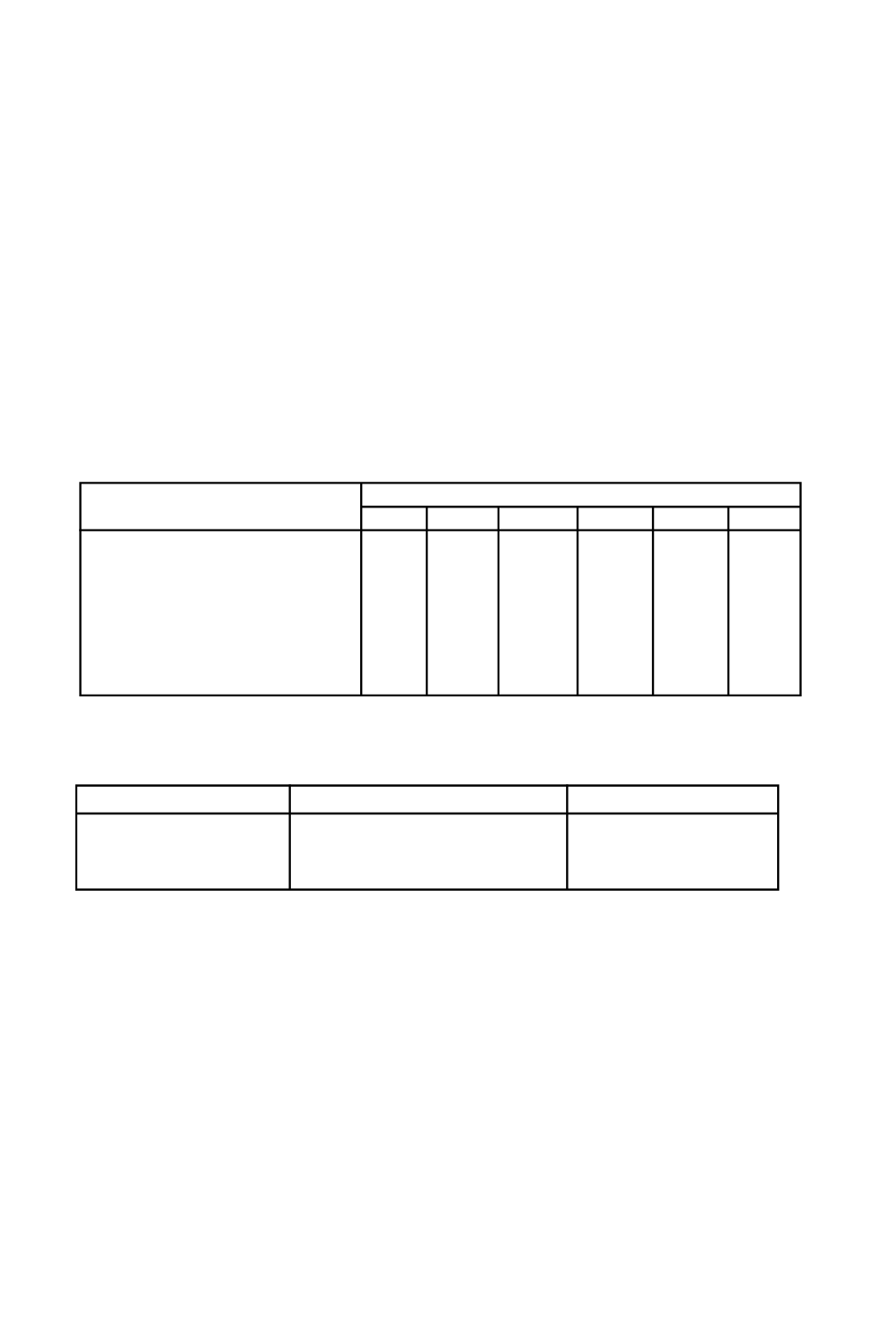
38
2017 Catalogue
Phone: 519-782-4052
Ponds that are ecologically balanced with plants and a few fish do not absolutely require a pump for
recirculation and aeration. However, water movement adds to the aesthetic enjoyment of the pond and
contributes to the well being of fish. The addition of water features such as waterfalls, fountains and statuary
as well as various types of filtration require appropriately sized pumps. When in doubt, choose a larger pump. It
is easy to decrease the flow, but impossible to increase the flow beyond the pump capacity.
Factors to take into account:
Mechanical Filtration
– the general recommended flow rate is 1/2 the pond volume per hour.
Biological Filtration
– Biological filters have a specific flow rate according to manufacturer and size. Slow flow
rates allow the aerobic bacteria more exposure to the water to break down impurities. A fast flow may actually
dislodge the bacteria from the filter.
Waterfalls
– factors to consider:
1.
the
height
of the waterfall above the pump;
the higher the waterfall, the larger the pump needed.
2.
the horizontal
distance
from the pump to the top of waterfall, or discharge point.
10' horizontal distance = 1' of height or “head”.
3.
the
width
of the waterfall and the
effect
desired.
Flow Required at Top of the Waterfall (gph)
Desired Effect
Width of Waterfall
6"
12"
18"
24"
36"
48"
Trickle: ¼" water thickness
(50 gph per inch of width)
300
600
900
1200 1800 2400
Regular Flow: ½" water thickness
(100 gph per inch of width)
600 1200 1800 2400 3600 4800
High Flow: ¾" water thickness
(150 gph per inch of width)
900 1800 2700 3600 5400 7200
Very High Flow: ¾" water thickness
(200 gph per inch of width)
1200 2400 3600 4800 7200 9600
Calculating Pond Capacity
Calculation of Pond
VOLUME
is important when choosing a filter.
SURFACE AREA
is important for stocking fish
and plants.
Shape of Pond
Pond Volume (US Gal)
Surface Area (sq. ft.)
Rectangular or Square
Length x Width x Depth x 7.5
Length x Width
Circular
Radius x Radius x Depth x 23.55 Radius x Radius x 3.14
Oval with straight sides
Length x Width x Depth x 6.7
Length x Width (approx.)
FILTRATION
A variety of filters is available. Some primarily protect the pump and fountainheads from clogging with debris.
Other larger filters will aid in keeping the water clear. To filter adequately, pumps should have Gallons Per Hour
(GPH) rating equal to about half of the pool volume. The addition of waterfalls, fountainheads and filters will
reduce GPH.
Natural Plant Filter –
Attractive, Low Maintenance and It Works!
A plant filter works with nature. It is easy to construct and requires little maintenance. No more cleaning filter
media – let the bacteria and plants do all the work!
Just connect a small shallow pond, approximately 10% of the surface area of the main pond, to the main pond.
Increase the size up to 25% if a large population of fish or Koi is anticipated.
Add bog plants in containers of soil and/or pea gravel and floating plants. Water Hyacinths, Water Cress, Water
Celery are but a few choices that thrive in plant filters. Circulate the water slowly throughout the entire filter
pond to the main pond. Enjoy clear water and luxuriant plant growth.
Plant filter ponds may be constructed from liner, preformed containers or preformed ponds with spillways. All
available at Moore Water Gardens (See page 25, 30 & 31).
DETERMINING THE CORRECT PUMP FOR YOUR POND


